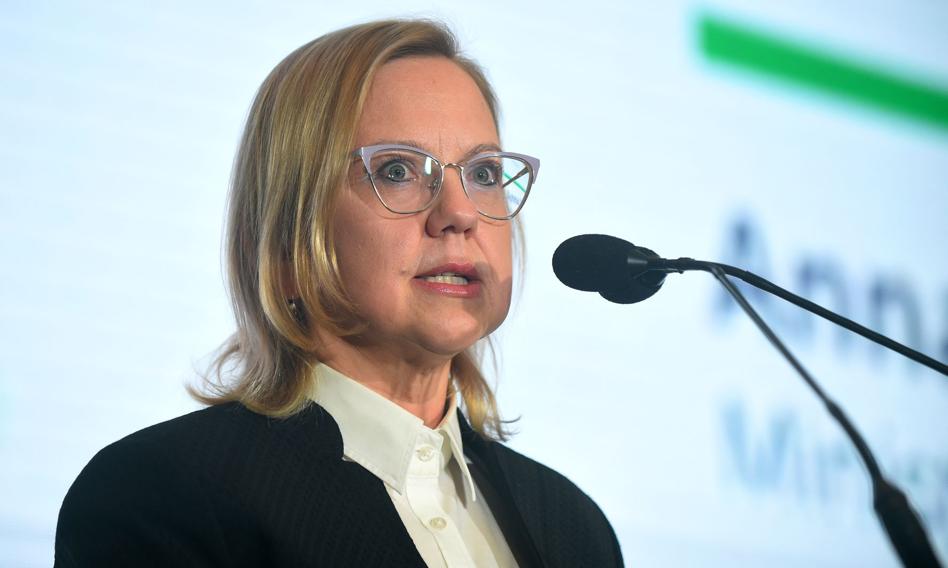Four steps for minimizing waste and maximizing profit.
June 27, 2024

coolbiere photograph/Getty Images
Even smaller and medium-size enterprises can become more sustainable by finding other companies that need their waste. Pursuing those opportunities — and becoming part of the circular economy — entails four steps: take stock of your materials flow, seek collaboration opportunities, leverage digital marketplaces, and treat going circular as a major change program.
In 19th century London, the River Thames was heavily polluted. The contaminants included untreated sewage, which caused cholera and typhoid outbreaks that claimed thousands of lives, and coal tar. The overpowering smell of the sewage during the “Great Stink of 1858” led to the construction of a sewer system that is still in use. As for the coal tar, a discovery that it could be distilled into the building blocks of synthetic dyes caused businesses to stop dumping it into the river and instead repurpose it into valuable dye compounds.
Rana Hajirasouli is the founder and CEO of The Surpluss, a B Corp whose digital platform allows businesses to share excess resources.
Note: This article have been indexed to our site. We do not claim legitimacy, ownership or copyright of any of the content above. To see the article at original source Click Here













